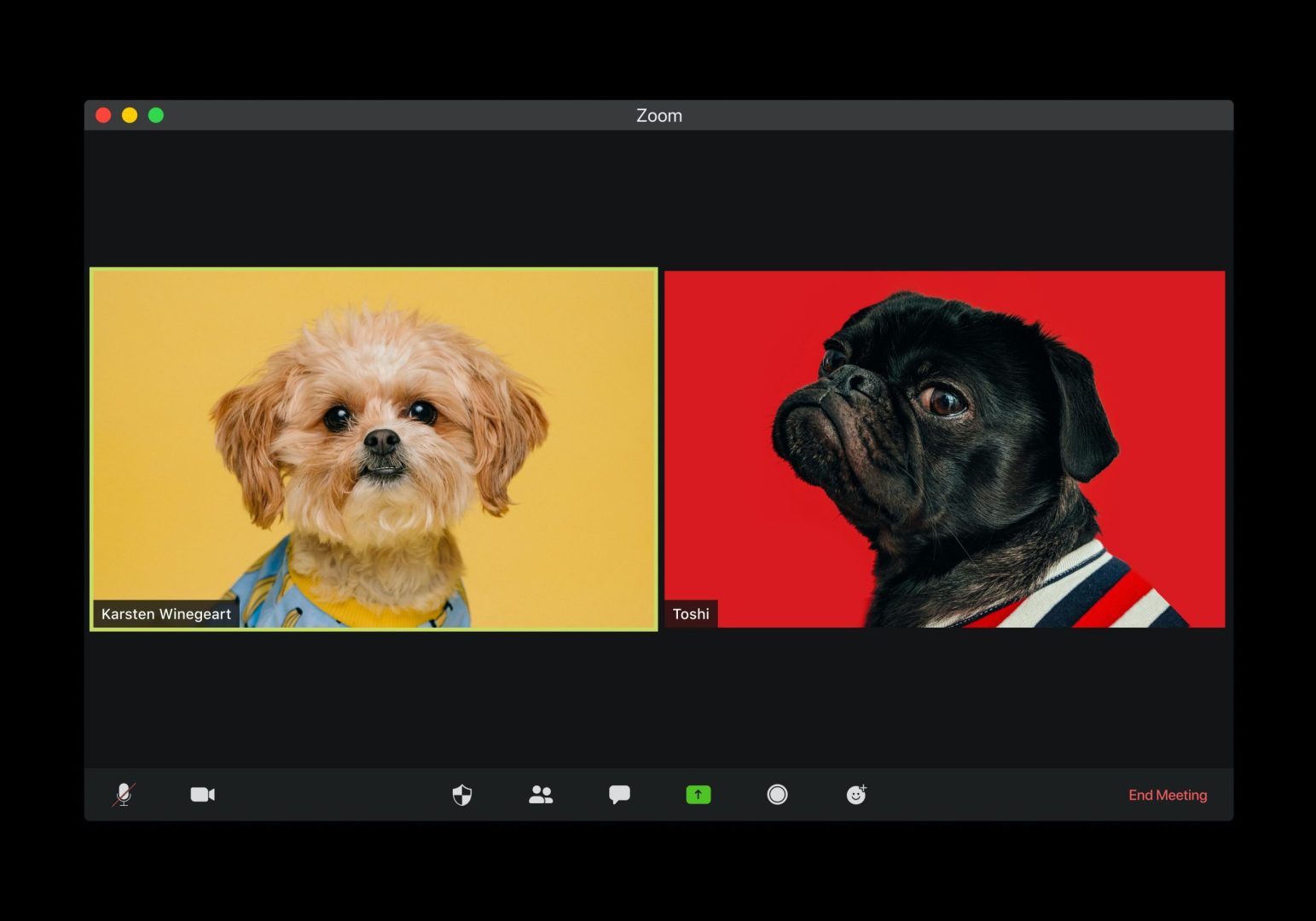Sharing what we’ve learned from our Power through Choices facilitators.
I know. You’re tired of Zoom, young people are tired of Zoom, and I’m tired of talking about how tired we all are of Zoom. (No shade to Zoom, by the way—it would be much worse if we didn’t have it!) But virtual facilitation is part of our new reality, in both the present and likely, the future.
Over the last year, we’ve been working with Power Through Choices facilitators across the country to help them take this evidence-based sexual health curriculum online…and we’ve learned a few things along the way.
Over the last year, we’ve been working with Power Through Choices facilitators across the country to help them take this evidence-based sexual health curriculum online…and we’ve learned a few things along the way:
Give them as much face time as you can.
If you have slides, stop sharing your screen from time to time to maximize their view of you. And make sure you can be seen! Put some light in front of you, and be as close to the camera as you can.
(Gently) encourage them to give you some face time, too.
Lots of facilitators are struggling with this, and we know it can be exhausting to be on camera. But even a little bit of video interaction can make a huge difference to the quality of your session. Here are some tricks we have seen facilitators use successfully:
- Ask people to “pop in” on video at specified times, even if their camera is off for the rest of the time.
- If your platform has the capability to change the virtual background, show people how to do this, so they don’t have to reveal what’s behind them.
- If your platform has video filters, you can encourage people to use them as part of a check-in time by asking them to choose a filter that describes their mood at that moment.
- One facilitator I know offered to put a sticker on her face for every person who shared their video. To her surprise, the young people loved it.
Give young people some choice in how to interact.
As an alternative to speaking, let them use the chat, even if it’s just a private chat to you. You may also want to add some opportunities for them to contribute in real-time to a shared document or screen. For example, the Zoom annotation feature lets your participants add stickers, text, drawings, and more, all on the screen you’re sharing with everyone.
Try to have another way to reach a young person who seems disengaged.
It’s helpful to ask them upfront how they can be reached if they aren’t responding in your session. Having a second facilitator is hugely helpful here, so that one of you can reach out while the other keeps the session going.
Provide incentives, but choose them wisely.
Gift cards or temporary electronic subscriptions (like Disney+) are generally popular. Rather than just connecting incentives to participation, consider contests like picking a song that fits the theme of the presentation.
We learn more each day, as this becomes the new normal, and as more and more features are added to our online platform tools. And if that feels overwhelming—we certainly know it does for us, sometimes!








